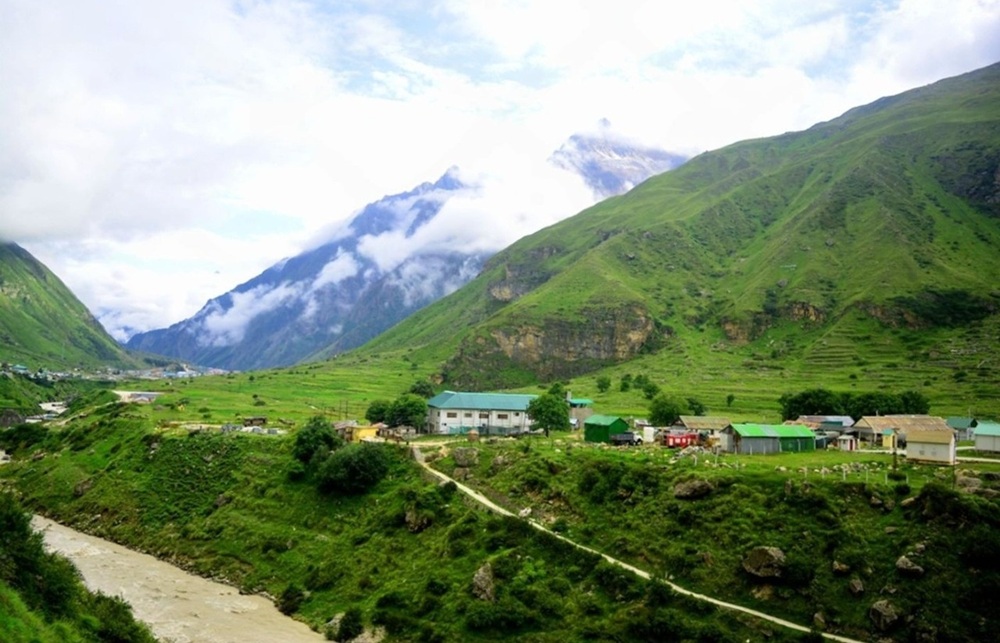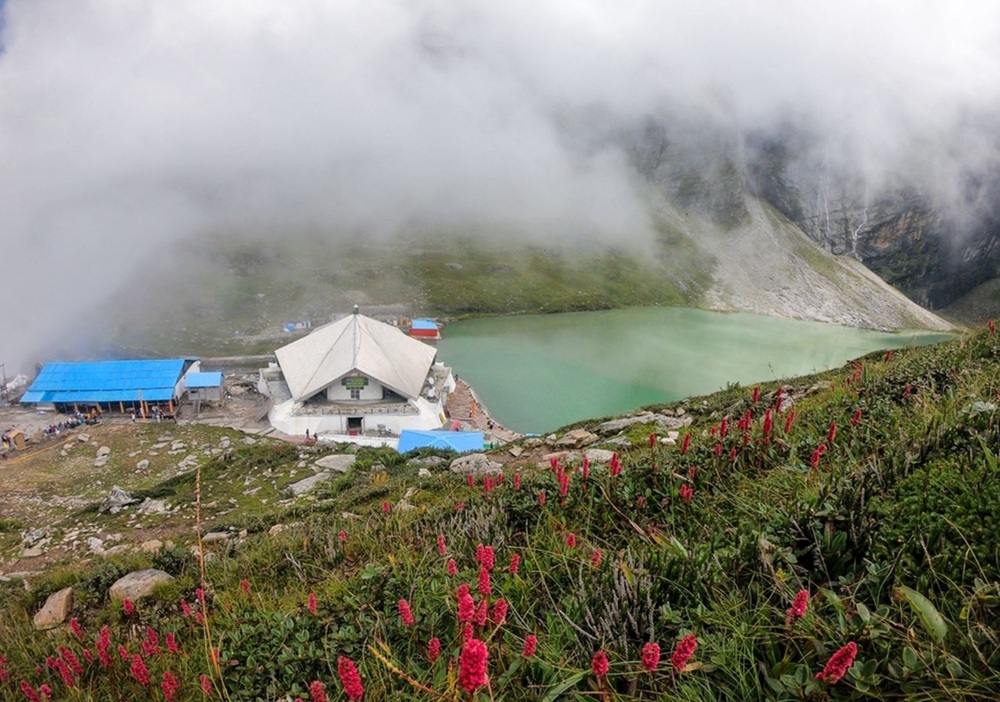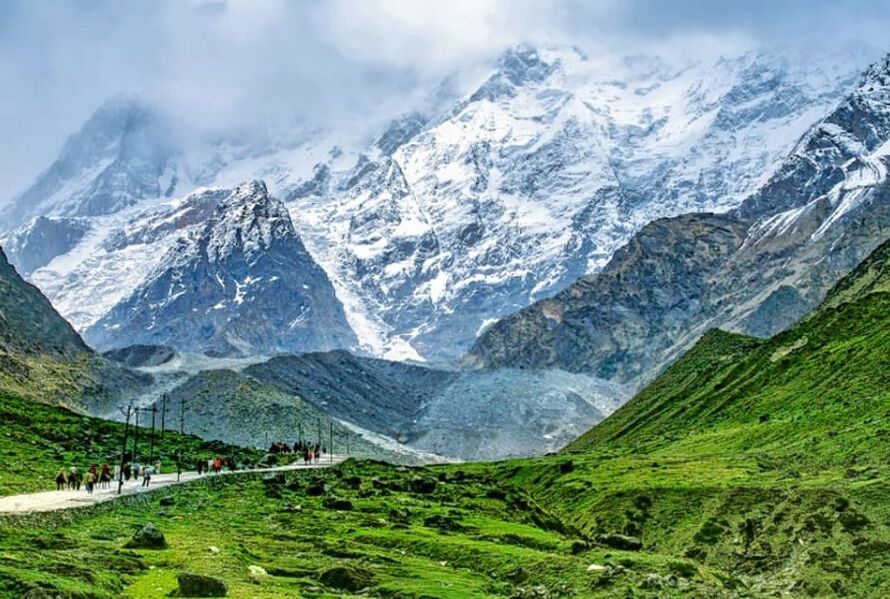Have you ever imagined walking through a valley carpeted with rare Himalayan flowers, surrounded by snow-clad peaks and gushing streams? Welcome to the Valley of Flowers, Uttarakhand, a UNESCO World Heritage Site nestled in the Chamoli district. Known for its surreal meadows that burst into color during the monsoon, this trek attracts adventure seekers and nature lovers from across the globe.
Home to over 500 species of wildflowers, the Valley of Flowers National Park is not just a trek but an unforgettable journey into one of the most biodiverse corners of the Himalayas. In this guide, you’ll discover the best time to visit Valley of Flowers, detailed trek itineraries, cost breakdowns, travel tips, and what makes 2025 a perfect year to plan your visit.
History and Significance of Valley of Flowers
The Valley of Flowers National Park was first discovered in 1931 by British mountaineer Frank Smythe, who stumbled upon the meadows while returning from a successful Kamet expedition. Struck by the natural beauty, Smythe described it as a “heavenly paradise,” and his writings soon made the valley famous among explorers.
Declared a National Park in 1982 and later a UNESCO World Heritage Site in 2005, the valley is an ecological treasure. It harbors rare and endangered species like the blue poppy, Brahma Kamal, and Himalayan orchids. The Valley of Flowers flowers list boasts more than 500 species, many of which bloom only for a few weeks during the rainy season.
Beyond biodiversity, the valley holds cultural significance in Uttarakhand. Locals believe it is the abode of fairies and divine beings. This blend of folklore, natural wonders, and history makes the Valley of Flowers Uttarakhand trek a once-in-a-lifetime experience.

Why Visit the Valley of Flowers?
- UNESCO World Heritage Site – recognized for its unique alpine flora and biodiversity.
- Seasonal Blooming – 300+ species of flowers bloom between July and September.
- Mythological Significance – believed to be the land where Hanuman brought Sanjeevani Booti.
- Perfect Monsoon Trek – unlike other Himalayan treks, this one is accessible and safe during rains.
Best Time to Visit Valley of Flowers
The best time to visit Valley of Flowers is between July and August, when the monsoon rains trigger a vibrant bloom. The valley transforms into a kaleidoscope of colors, with temperatures ranging from 15–25°C during the day—perfect for trekking.
For travelers seeking solitude, September–October offers a quieter experience. While the flowers begin to fade, autumn hues and clear mountain skies provide a different charm. The valley remains snowbound from November to May and is closed to trekkers.
If you’re planning your Valley of Flowers Uttarakhand trek in 2025, July to mid-September is the golden window for peak floral beauty.
How to Reach Valley of Flowers from Major Cities
- From Delhi: Take a train or flight to Dehradun, then drive 270 km to Joshimath. From there, travel to Govindghat (16 km), the trek’s starting point.
- From Rishikesh/Haridwar: Govindghat is a 250 km drive. Shared jeeps and buses are available.
- By Air: The nearest airport is Jolly Grant Airport (Dehradun), about 300 km from Govindghat.
From Govindghat, a 13 km trek leads to Ghangaria, the base camp for the Valley of Flowers trek itinerary. Permits can be obtained online or at the entry gate, and mules or porters are available for carrying luggage.
Valley of Flowers Trek Itinerary and Details
Day 1: Haridwar/Rishikesh to Joshimath (8–9 hours drive)
Enjoy a scenic drive along the Alaknanda River and reach joshimath
Day 2: Govindghat to Ghangaria
Start your journey with a 9 km trek through forests, waterfalls, and bridges. The trail is scenic yet moderately challenging. Spend the night at Ghangaria base camp.
Day 3: Ghangaria to Valley of Flowers
A 4 km trek takes you to the heart of the valley. Wander through endless meadows of Himalayan flowers, rivers, and the Pushpawati stream. The park spans 87 sq km, so give yourself time to explore.
Day 4: Optional Hemkund Sahib Trek (6 km uphill)
Descend back to Govindghat. Adventurous trekkers can add a side trip to Hemkund Sahib, a revered Sikh shrine at 4329m.

Day 5: Return Trek to Govindghat & Drive Back
Trek Cost and Difficulty
- Cost: ₹5,000–₹10,000 depending on permits (₹600/person for Indians), guide services, food, and stays.
- Difficulty Level of the Trek: Moderate. Beginners with reasonable fitness can complete it. The altitude (3,500m) requires acclimatization, but the trek is manageable with preparation.
Flora, Fauna, and Unique Attractions in Valley of Flowers
The Valley of Flowers flowers list includes rare species like:
- Blue poppy (Himalayan queen of flowers)
- Brahma Kamal (state flower of Uttarakhand)
- Himalayan bellflowers and orchids
Wildlife lovers may spot Himalayan black bears, musk deer, and even elusive snow leopards. The Pushpawati River flows through the valley, creating postcard-perfect meadows surrounded by peaks like Nilgiri and Ratban Parvat.

Essential Packing List for Valley of Flowers Trek
- Trekking shoes with good grip
- Lightweight raincoat/poncho
- Warm clothing (nights are chilly even in monsoon)
- Water bottles & energy bars
- Personal medication & first-aid kit
- Power bank & torchlight
- Trekking poles (optional but useful)
Practical Tips for Your Valley of Flowers Visit
- Carry rain gear, trekking poles, and waterproof shoes—monsoon makes trails slippery.
- Carry ID cards for entry permits.
- Avoid littering and respect eco-guidelines—Valley of Flowers is a fragile ecosystem.
- Acclimatize at Ghangaria before trekking to avoid altitude sickness.
Accommodation and Food
Simple vegetarian food is available along the trek route.
Stay at guesthouses and lodges in Ghangaria.
No accommodation inside the valley (entry is only permitted during the day).
FAQs about Valley of Flowers Trek
1. What is the entry fee for Valley of Flowers National Park?
₹150 for Indians and ₹600 for foreign nationals (valid for 3 days).
2. Is the Valley of Flowers trek safe for solo travelers?
Yes, but it’s recommended to join a group or trek with a guide during the monsoon.
3. Can children and older people do this trek?
Yes, the trek is beginner-friendly, but those with health issues should consult a doctor.
4. How many days are needed for the Valley of Flowers trek?
A minimum of 4–5 days is recommended.
5. Is camping allowed inside the Valley of Flowers?
No, overnight stays are not permitted. All accommodations are in Ghangaria.
Conclusion
The Valley of Flowers Uttarakhand trek is not just about hiking; it’s about witnessing a rare spectacle of nature. From vibrant blooms to spiritual calm, this UNESCO site is among the best places to visit in Uttarakhand in 2025.
If trekking is on your bucket list, plan now—the valley awaits with colors, legends, and Himalayan grandeur. 🌸
👉 Ready to explore? Book your Valley of Flowers trek itinerary today and experience the bloom of a lifetime!


